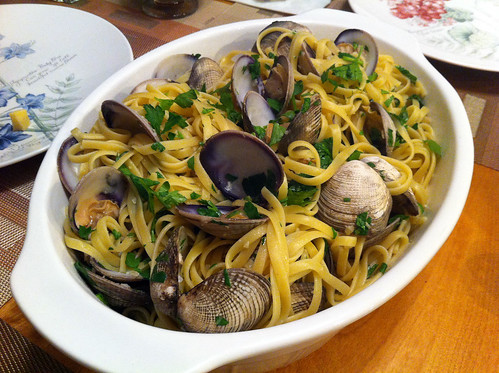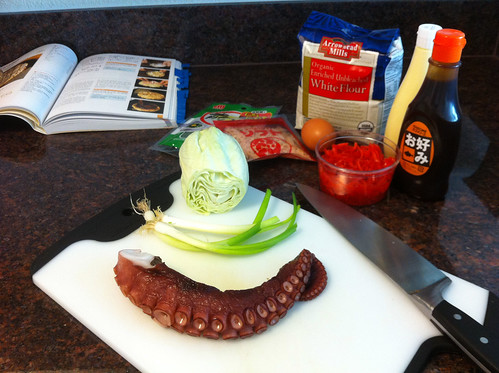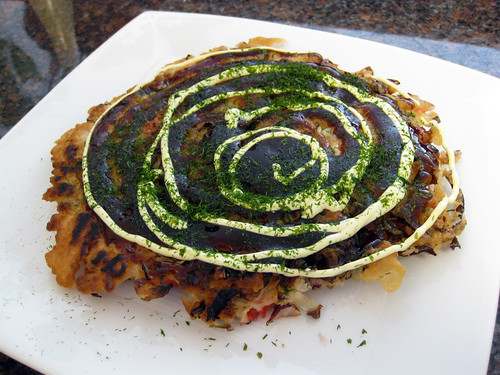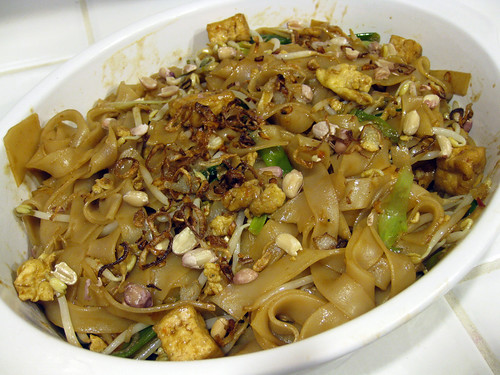Adas polo is comfort food. Simple to cook and customizable to taste, nearly every Iranian kid grew up with this lentil and rice dish. Like your adas polo sweet? Top with a sprinkling of fried raisins. Prefer it savory? Add extra fried onions. Craving a hit of tartness? Eat with a dollop of Middle Eastern yogurt.
This recipe comes courtesy of my mom, who always made me extra tahdig (the crispy rice at the bottom of the pot) to go with my adas polo. Now that’s love.
Ingredients:
3 cups basmati rice
1 onion, peeled and thinly sliced
8 tablespoons oil
1 1/2 tablespoons salt
3 1/2 cups water
2 cups lentils
1/2 cup raisins
Iranian or Greek yogurt, to serve
1. Clean and wash 3 cups of rice 3 times in cold water.
2. In an electric rice cooker, combine 3 1/2 cups water, washed and drained rice, 1 tablespoon salt, and 4 tablespoons oil. Start the rice cooker. Cover and let cook for 15 minutes.
3. In the meantime, clean and wash lentils and boil in a pot of water and 1/2 teaspoon salt for 15 minutes over high heat. Drain.
4. Hollow out the middle of the rice mound and add the lentils. Cover and continue cooking for 60 minutes longer, then unplug cooker and let stand for 10 minutes without uncovering it.
5. Meanwhile, in a skillet, brown the onion in remaining 4 tablespoons oil. Using a slotted spoon, remove onions and place on a serving plate. Reserve oil in skillet.
6. Reheat skillet with oil and brown raisins until slightly plump, about 4 minutes. Using a slotted spoon, remove raisins and place on another serving plate.
7. Remove rice cooker lid and place a large serving dish on top of the rice cooker mold. Grasp them together firmly and turn pot upside down to unmold tahdig and rice onto the dish. Cut into wedges and serve with onions, raisins, and yogurt.






